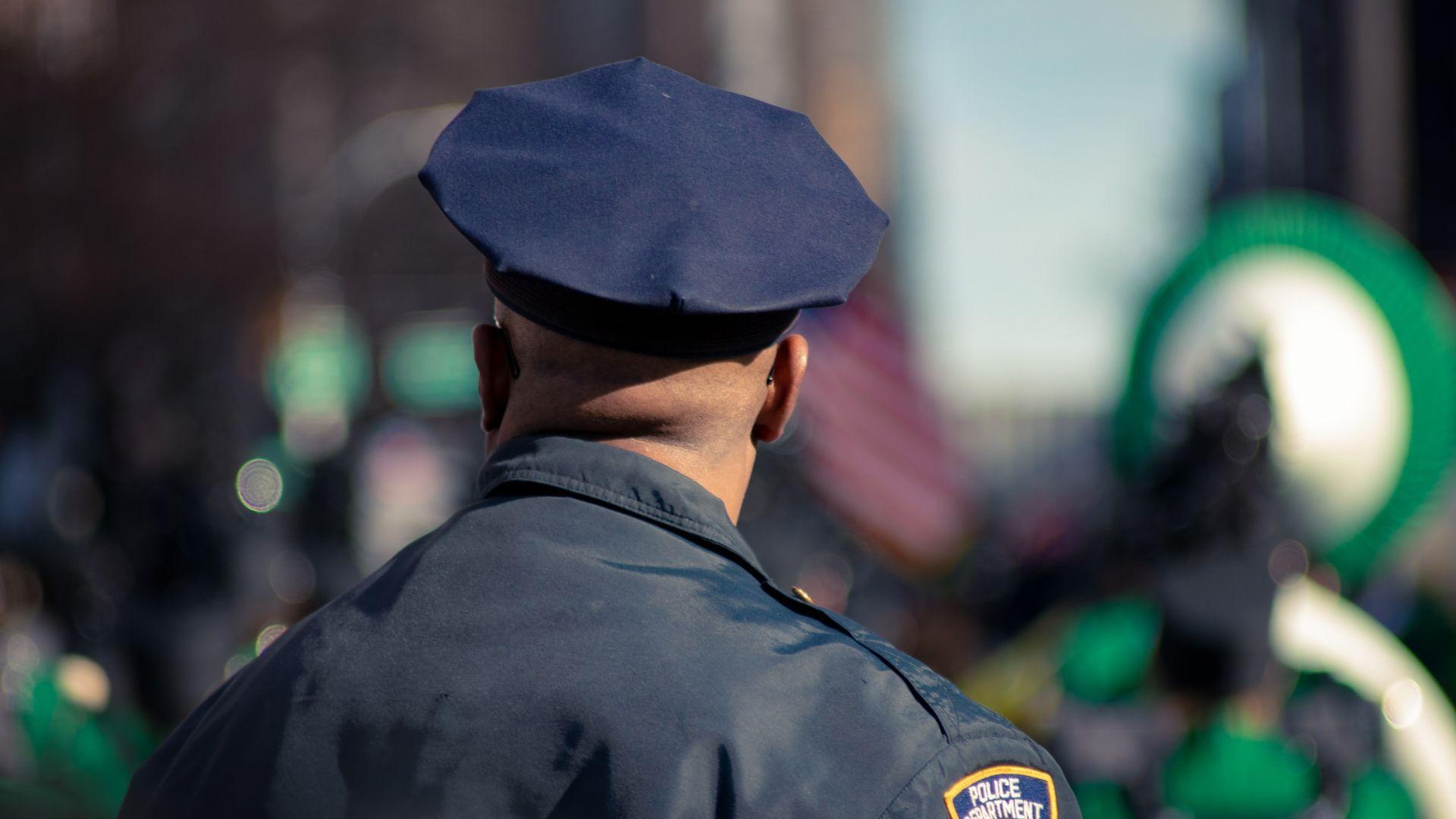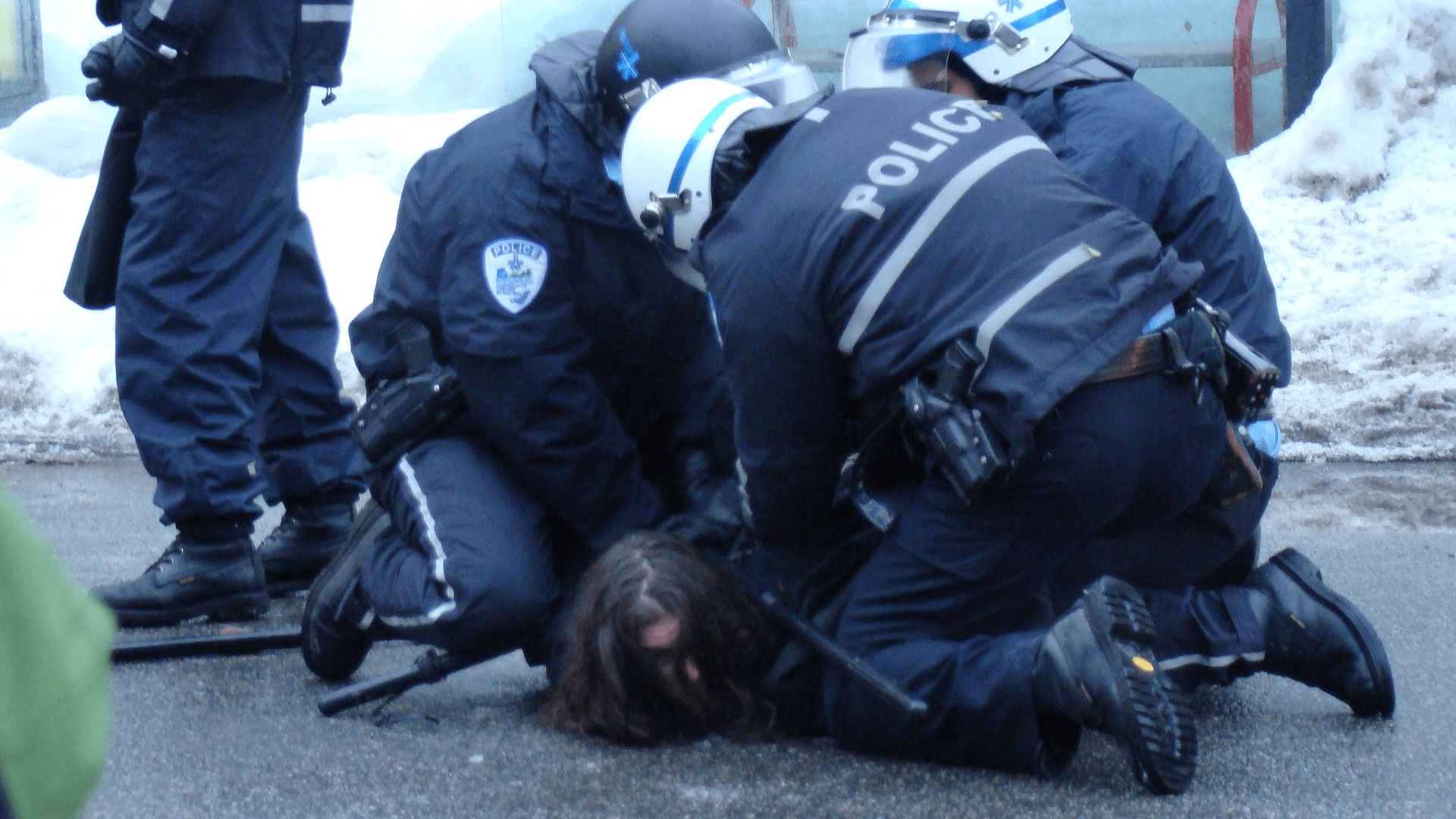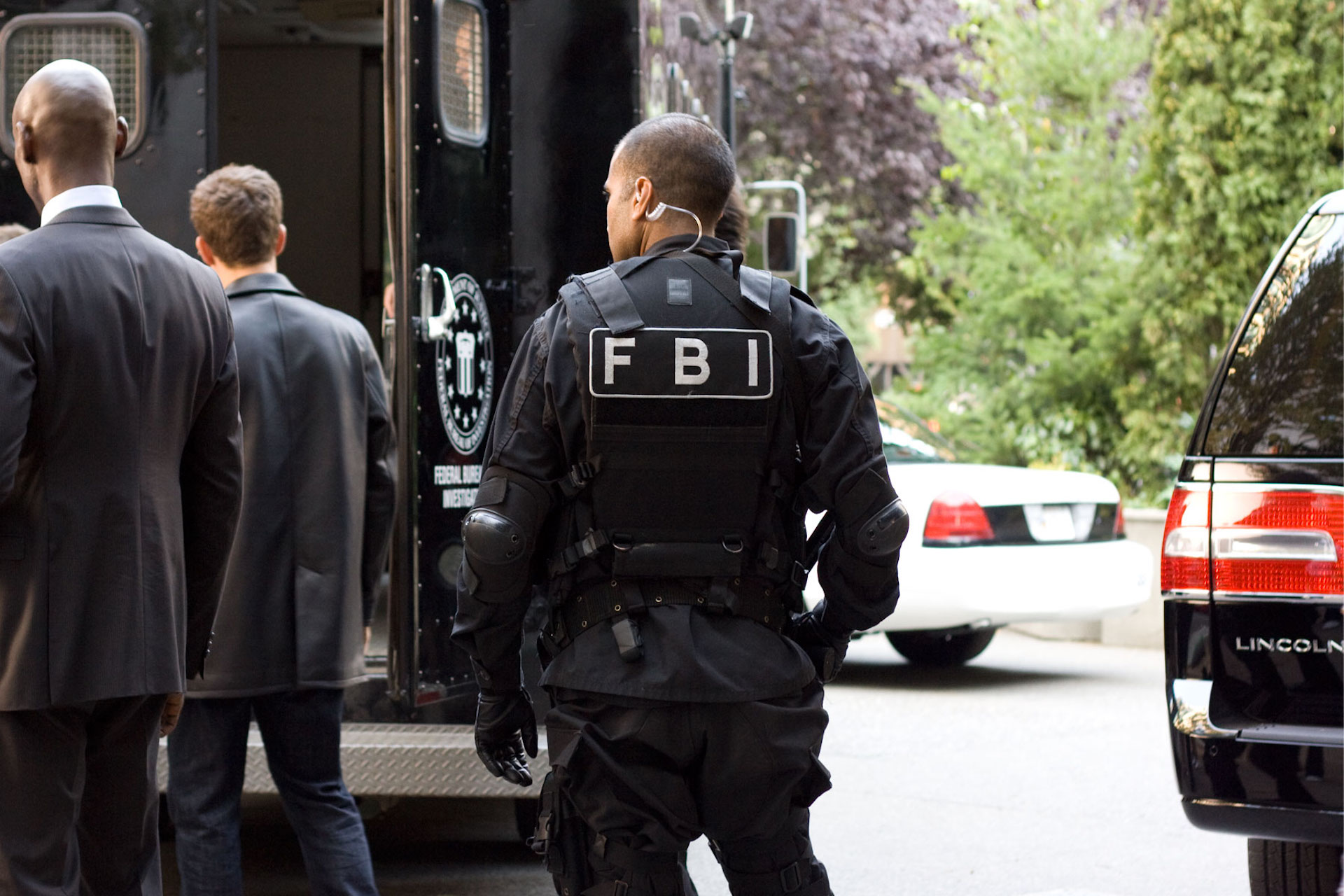A disturbing trend known as ‘swatting’ is ramping up as the US elections in November fastly approach.
In a recent case, Missouri’s Secretary of State Jay Ashcroft became the latest victim of a false police report. Heavily armed officers showed up at his house, and while no one was hurt, the incident could have very easily turned deadly.
What is Swatting?

‘Swatting’ is a colloquial term used to describe the act of calling in a fake violent 911 call to try to get heavily armed police officers to storm someone’s house.
People will call the police anonymously saying something terrible has happened in an effort to use a swat team or other law enforcement agency to cause fear and panic on a target.
What Happened to Ashcroft?

Missouri’s Secretary of State Jay Ashcroft had just decided to start a workout on his treadmill. Suddenly, he was commanded to step outside by heavily armed police officers with his hands up.
“I just couldn’t believe this was happening to me,” Ashcroft said in an interview with CNN. “It was very surreal.”
Phone Call

Reportedly, someone called the police in Jefferson, City Missouri with a false tip to try to get the cops to show up at Ashcrofts house.
The caller identified himself as a man who had just shot his wife. He told police that he was heavily armed with an AR-15 rifle and was planning to kill himself next. The threat of imminent harm was enough to provoke the response the caller was looking for.
Why Can’t Police Tell It’s a Fake Call?

Unfortunately, modern technology has made it easy to call in these ‘swattings’ anonymously, making them virtually untraceable.
Callers can also use a robot voice to ensure their voice cannot be identified later. Police are trained to take threats of violence seriously, and would rather show up to the scene and be wrong than risk the chance that the situation was real and they did nothing.
People Have Died

Because police are showing up to people’s houses unannounced with guns, it’s not surprising that some incidents have had deadly consequences.
In 2017, a man named Andrew Finch was fatally shot by police who were responding to a fake call. Mark Herring died of a heart attack due to the stress of having his home invaded by police.
Motivations

Some people would have trouble trying to understand the motivation of a swatter, an act meant to terrorize the victim that could also lead to their death.
Swatting can be politically motivated as seen with these politician swattings that try to scare their victims that politically disagree with them. Other times swatting can be a form of harassment or a prank just meant to scare but not harm.
Cottage Industry

What began as prank calls has quickly turned into its own industry of anonymous computer-generated swattings taking orders for clients.
In January, a 17-year-old described as a “serial swatter” by police was arrested in Florida. Reportedly, he was an infamous swatter known as Torswats who targeted schools, mosques, homes, and law enforcement. The teen was offering his swatting services anonymously online.
Computer Generated

As technology continues to get better, swatters are becoming increasingly more difficult to catch.
Advances in AI can make a phone call sound very real to 911 operators and they are nearly impossible to trace. Swatters use a technique called spoofing to make it look like their call is coming from the area of the false incident they are reporting.
An Uptick in Political Swattings

Swatting occurs to both left-wing and right-wing politicians. Since December, there have been at least four separate swatting incidents that specifically targeted officials who oversee elections in the government.
Law enforcement officials predict that as swatting becomes more commonplace and hard to stop, the number of swattings will only continue to rise.
FBI Database

In response to the increased prevalence of swatting attempts, the FBI has put together a national database to keep track of them. It was set up last year and has so far tracked around 600 swatting incidents.
Chief Scott Schubert of the FBI Criminal Justice Information Services headquarters said this database provides the bureau with “a common operating picture of what’s going on across the country.”
Closer to the Election

Gabriel Sterling, the chief operation officer for Georgia’s secretary of state, was also targeted in a January swatting. He believes there are more to come in the future.
“I anticipate we’ll probably see some more of these as we get closer and closer to the election. This could be a kid in Britain who is bored. This could be a concerted effort. This could be Russians. This could be Americans. That’s one of the things about swatting … you can’t trace the individual. It’s very, very difficult in most cases,” Sterling said.
